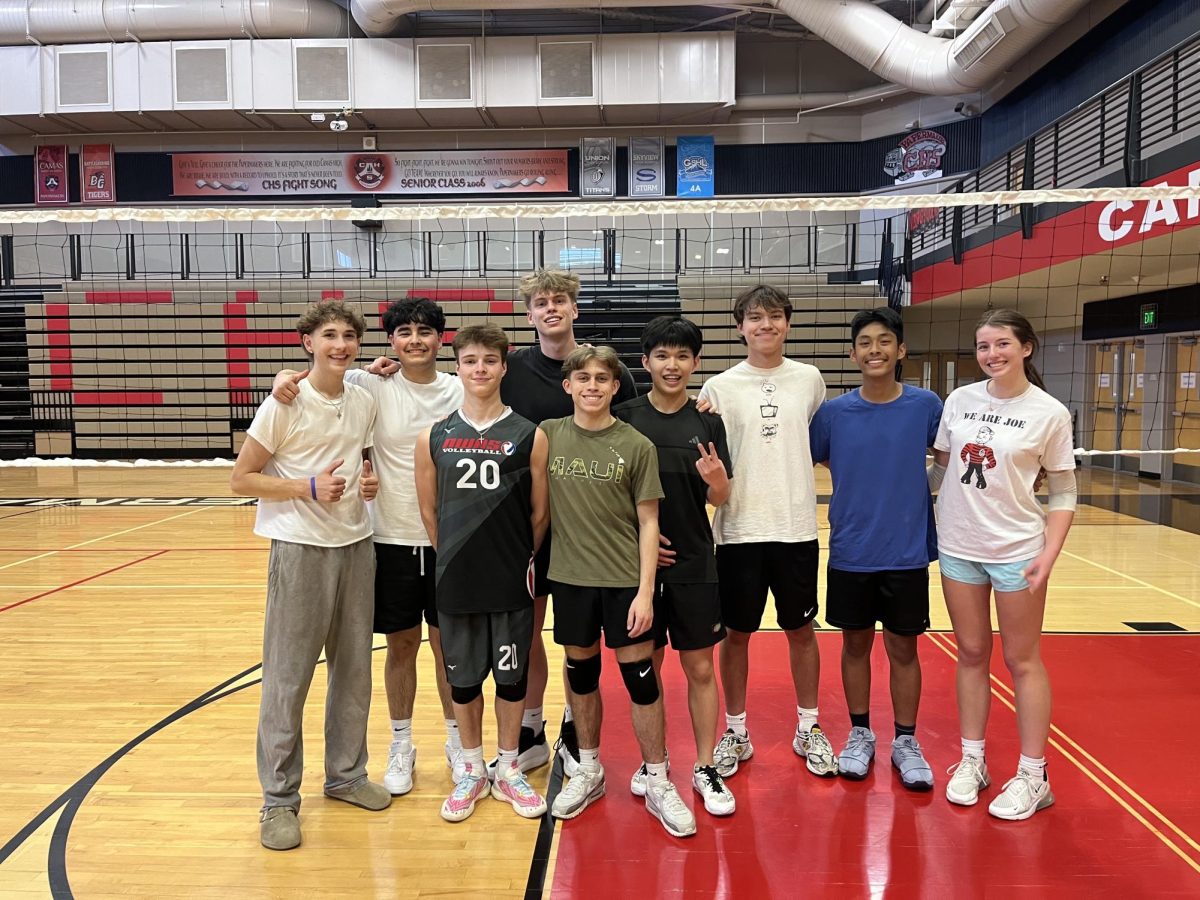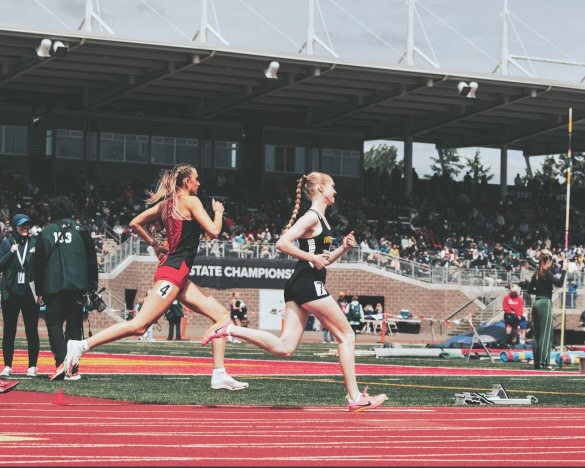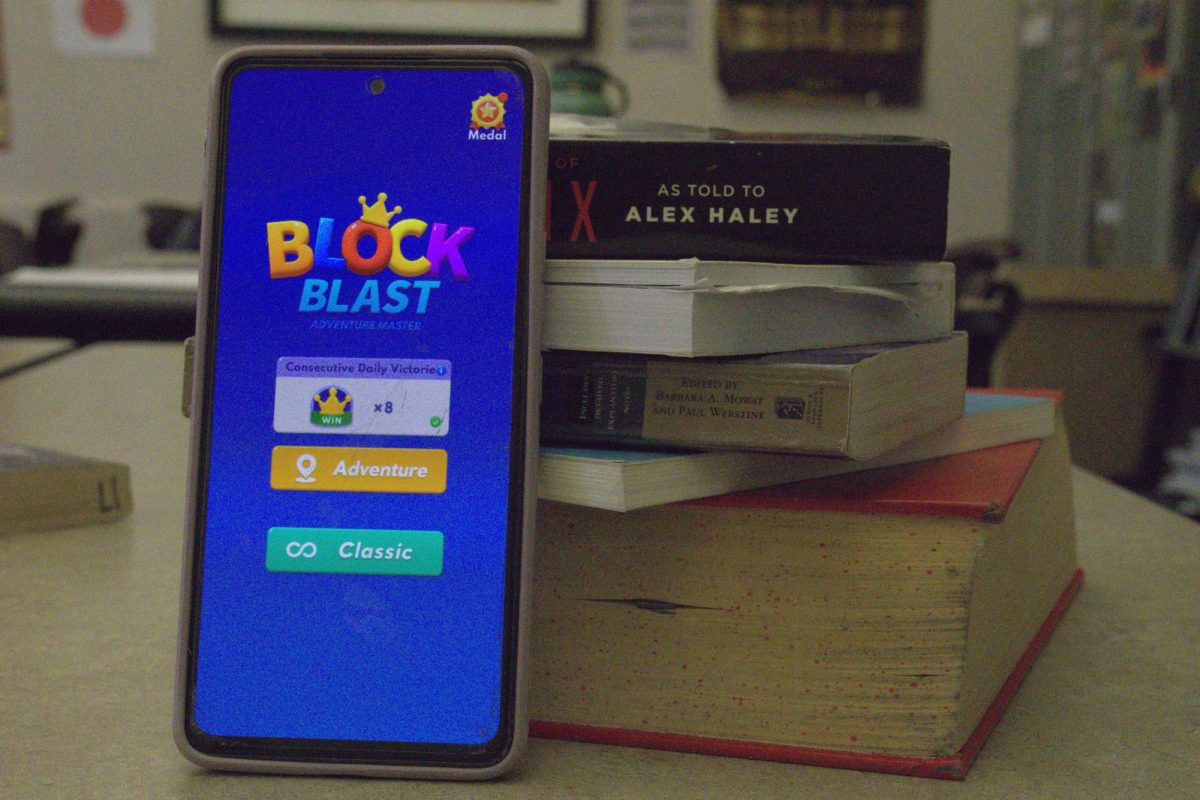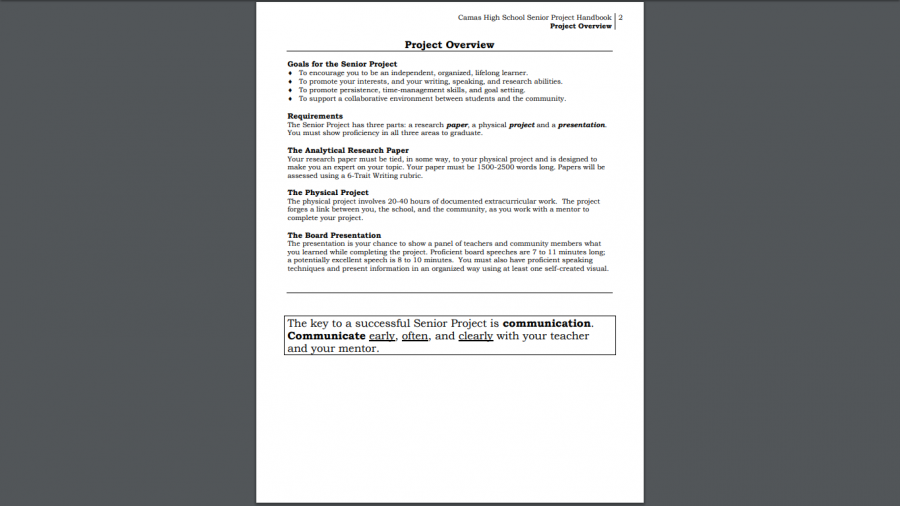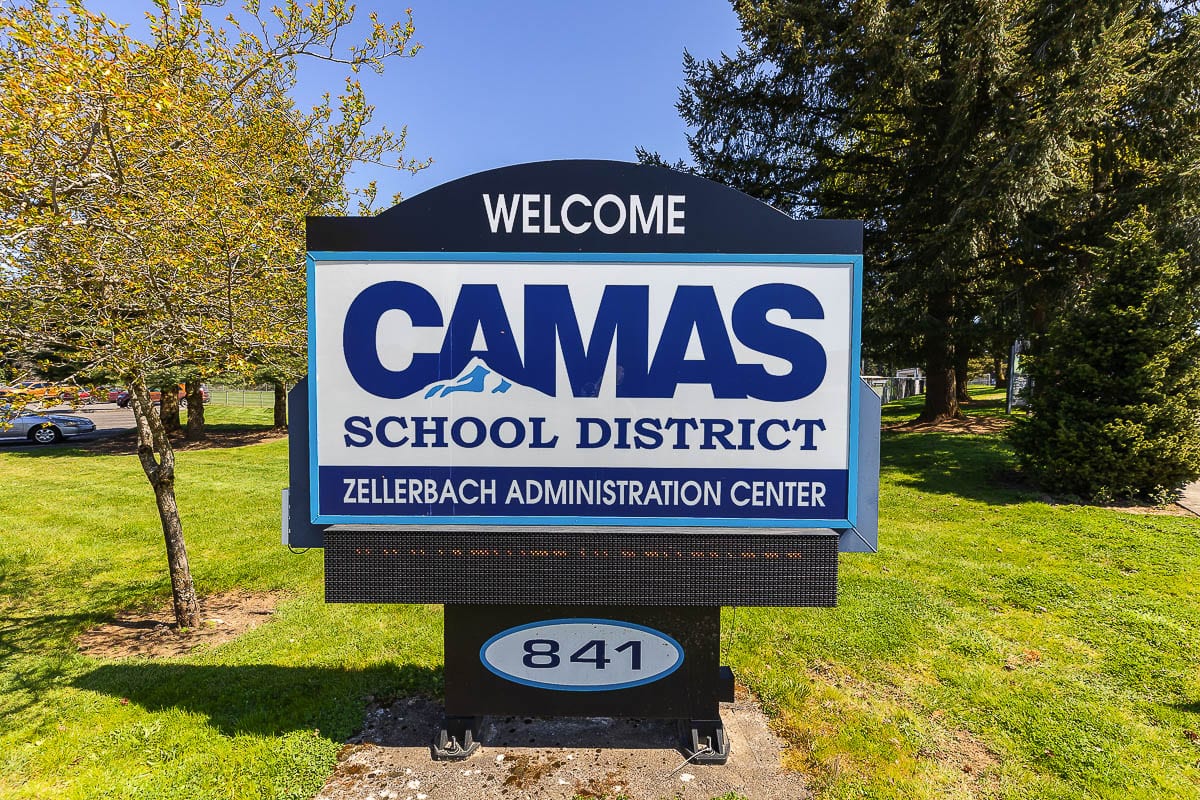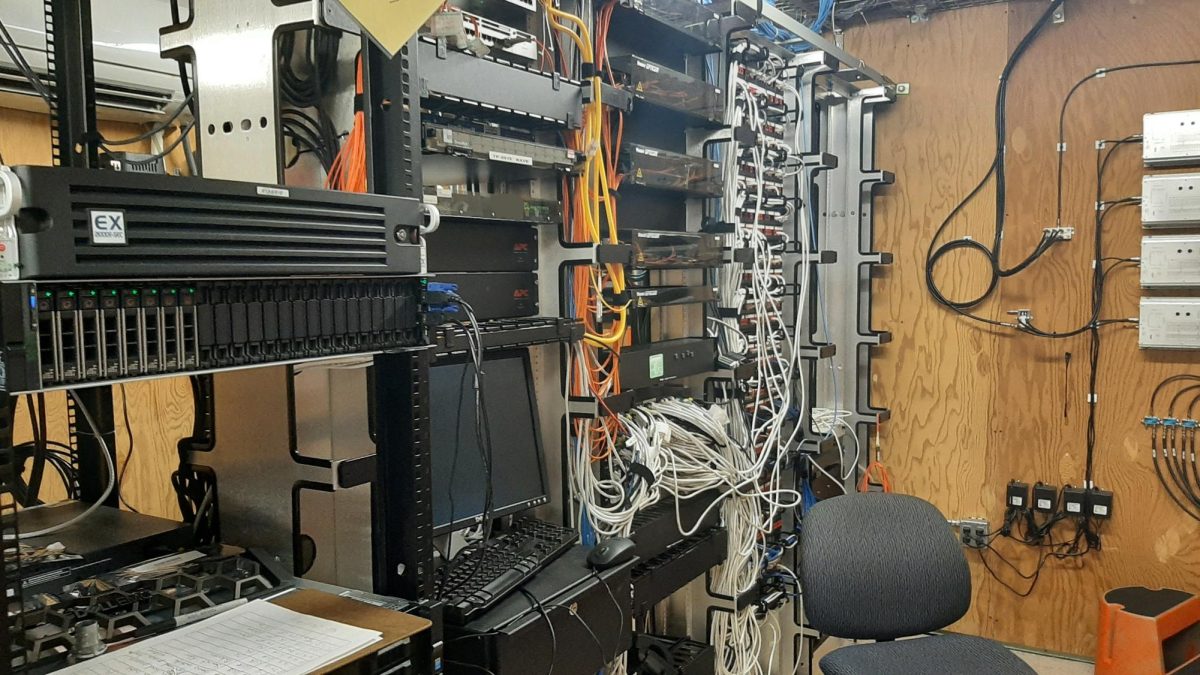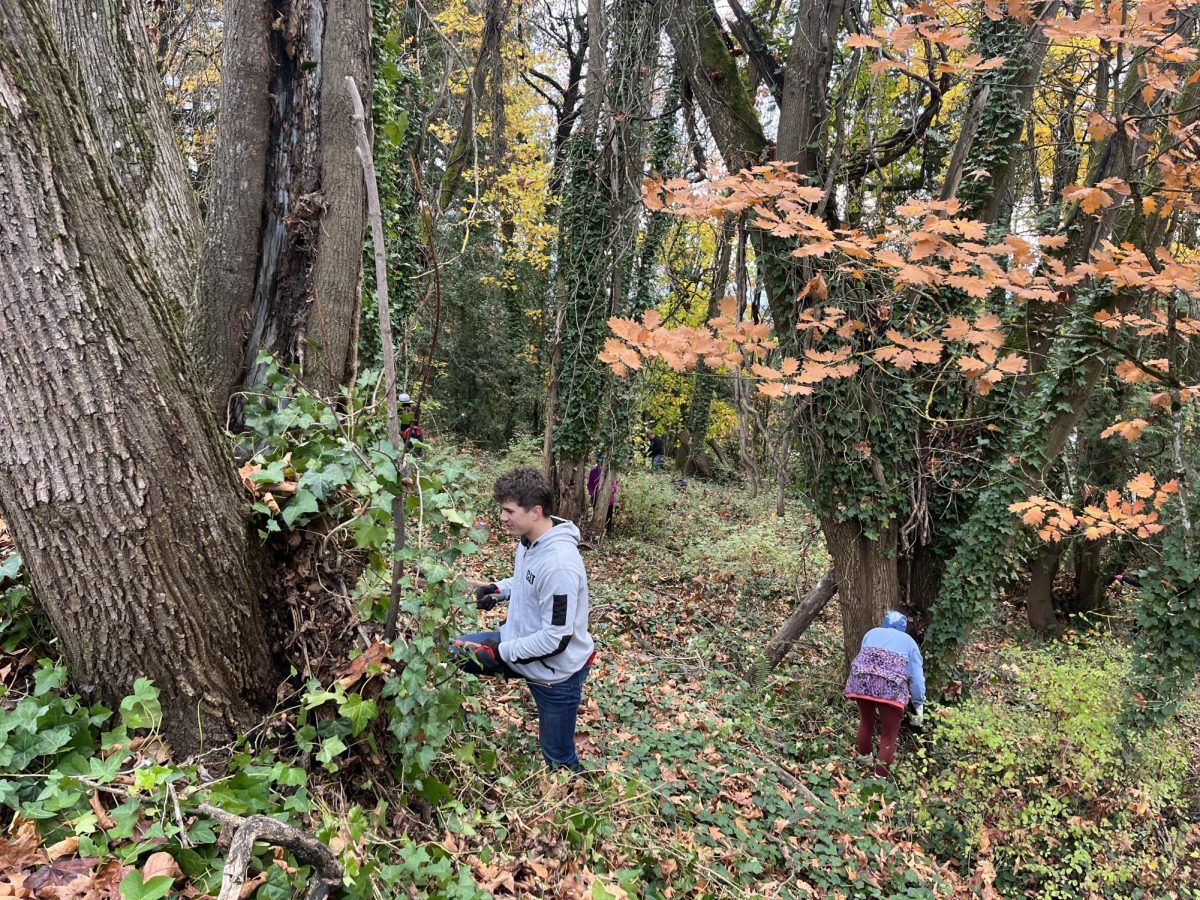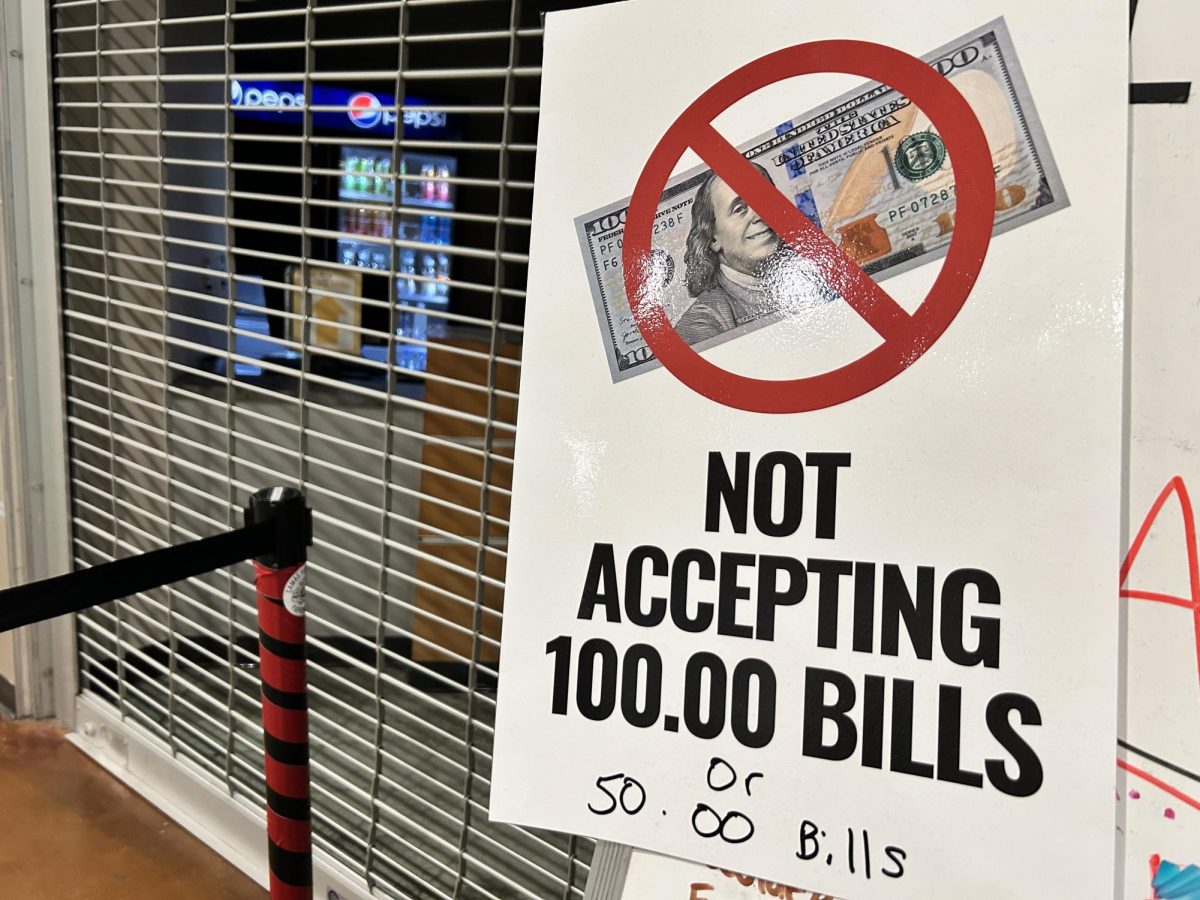 The Senior Project has always been given a bad rap by students in the past. However, students should know that the project has gone under some changes this past year in response to feedback from previous 12th graders.
The Senior Project has always been given a bad rap by students in the past. However, students should know that the project has gone under some changes this past year in response to feedback from previous 12th graders.
“Last year, we went through an extensive process to update the project. We got rid of every extra thing we possibly could to try to get it down to the basics of students doing something they care about. If this year’s seniors have other feedback on how the project could be done easier or better, they should come talk to me,” comments Mrs. Kristi Bridges, the Senior Project Coordinator at Camas High School. Some examples of these changes include the condensing of the project portfolio and changing how you can log hours; “you used to not be able to log hours during the school day. Now any time that’s available to you can be used how you want; also, if you want to go log hours with your mentor during lunch or ‘Maker Time’ you can do that.” adds Bridges. This is all in an attempt to condense the Senior Project into something more manageable, and less daunting, but have it retain its value in allowing students to demonstrate skills obtained from their projects.
The Senior Project, first made a requirement by Washington State for the graduating class of 2008, is a project where “Every senior gets a chance to explore something they have an interest in that so far, that they haven’t had the chance to do in high school. It consists of at least a 20-hour physical project, a research paper, analytical research paper, and a presentation of somewhere between 7 and 11 minutes to a member board that is half teachers and half community members,” comments Bridges.
Although the project got repealed as a state requirement in 2015 and the State of Washington moved in the direction of standardized testing, Camas High School (and many other high schools around the area) still require it to graduate. Once the state dropped the project as a requirement, the Camas High School administration decided that they “didn’t feel like standardized testing was the whole picture of what you know and who you are,” comments Bridges.
The Senior Project does, in fact, prove to be a positive force in forecasting students’ futures after high school, Bridges reflects, “Not everybody loves what they do [for the Senior Project], but every year somebody comes out with something amazing. Two of my former students are band teachers now because of the Senior Project. For their senior years, they decided they were going to job shadow Mr. Richard Mancini; both decided they loved it.”
One CHS senior Derek Grose, doing his senior project on boxing thinks the Senior Project “sucks because it’s so long, but we get to learn something new that we choose.”
One thing that Camas High School has done in order to allow the whole process to run smoother is condensing the portfolio to contain only essential elements. “The portfolio had 21 items in it before, and now it has six,” mentions Bridges. Even though some of the burden on the project has been lifted, students should work on something they’re passionate about. “If you do something you love, it’s not that big of a deal. If you do something because it’s convenient or easy, it gets really frustrating really fast,” Bridges advises.















